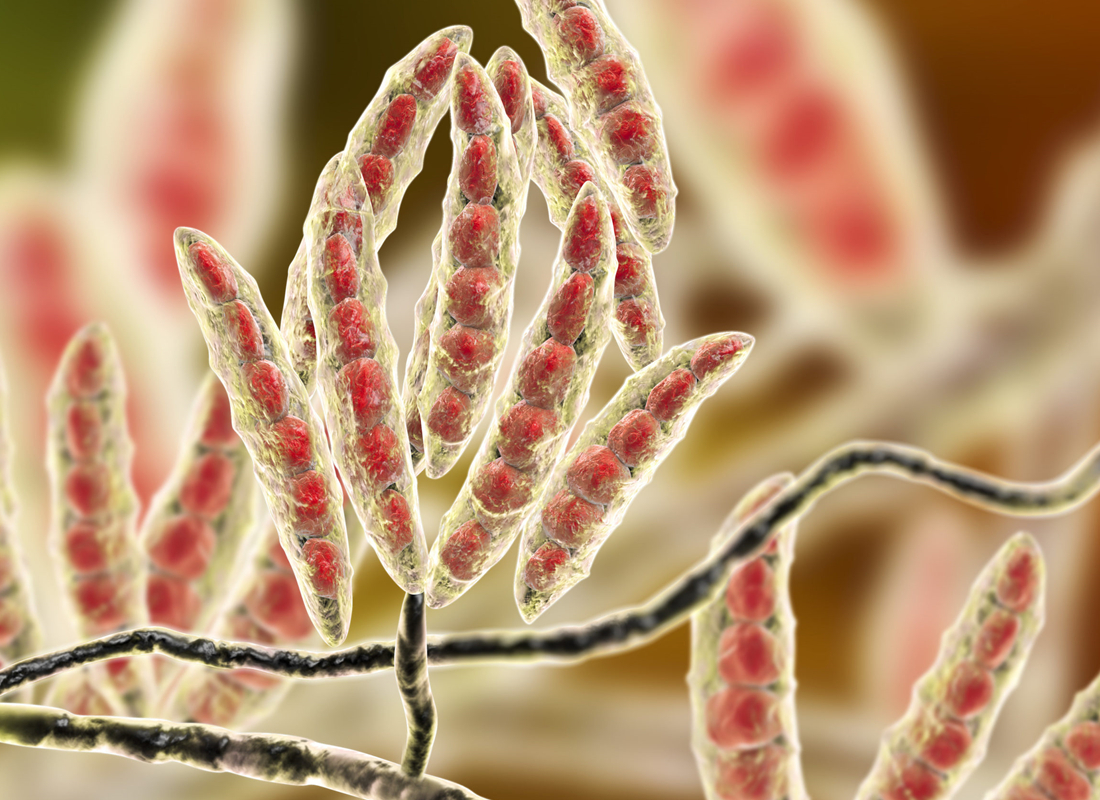
One of the primary sources of mycotoxins is mold, which can grow on crops such as grains, nuts, and fruits under specific conditions. Environmental factors such as humidity, temperature, and crop stress play a crucial role in the proliferation of these fungi. Common mycotoxins include aflatoxins, ochratoxin A, and fumonisins, each associated with different health risks. For instance, aflatoxins are particularly notorious for their carcinogenic properties and can be found in improperly stored peanuts and corn. Understanding these sources is vital for farmers and food manufacturers to implement effective management practices.
The health effects of mycotoxins can vary widely, depending on the type of toxin and the level of exposure. Acute exposure can lead to immediate symptoms such as vomiting, abdominal pain, and liver damage. Chronic exposure, even at low levels, can contribute to serious health conditions, including liver cancer and developmental issues in children. Awareness of these potential health impacts is crucial for consumers, especially those in vulnerable populations such as pregnant women and young children.
Preventing mycotoxin contamination begins with good agricultural practices. Crop rotation, proper irrigation, and timely harvesting can reduce the risk of fungal growth. Additionally, monitoring environmental conditions during storage is essential to prevent mold development. Farmers should also consider using mycotoxin binders in animal feed, which can help mitigate the effects of mycotoxins by binding to them and preventing absorption in the digestive tract. Regular testing of crops for mycotoxin levels is also recommended to ensure safety standards are met.

Food safety regulations play a significant role in managing mycotoxin risks. Many countries have established maximum allowable limits for mycotoxins in food products, and compliance with these regulations is essential for public health. Food producers must implement rigorous testing and quality control measures to ensure their products meet safety standards. Consumers can also play a role by being vigilant about the sources of their food and choosing products from reputable suppliers.
Education and awareness are key components in the fight against mycotoxins. By informing farmers, food producers, and consumers about the risks and prevention strategies, we can create a more informed society capable of reducing exposure. Workshops, online resources, and community outreach programs can help disseminate crucial information about mycotoxin management and safety practices.
As research continues to evolve, our understanding of mycotoxins and their implications will deepen. Innovations in detection methods and mitigation strategies are essential for improving food safety and protecting public health. By prioritizing education, prevention, and compliance with safety standards, we can significantly reduce the risks associated with mycotoxins and ensure safer food systems for everyone. The ongoing commitment to addressing this issue will ultimately contribute to healthier communities and a more sustainable agricultural future.
